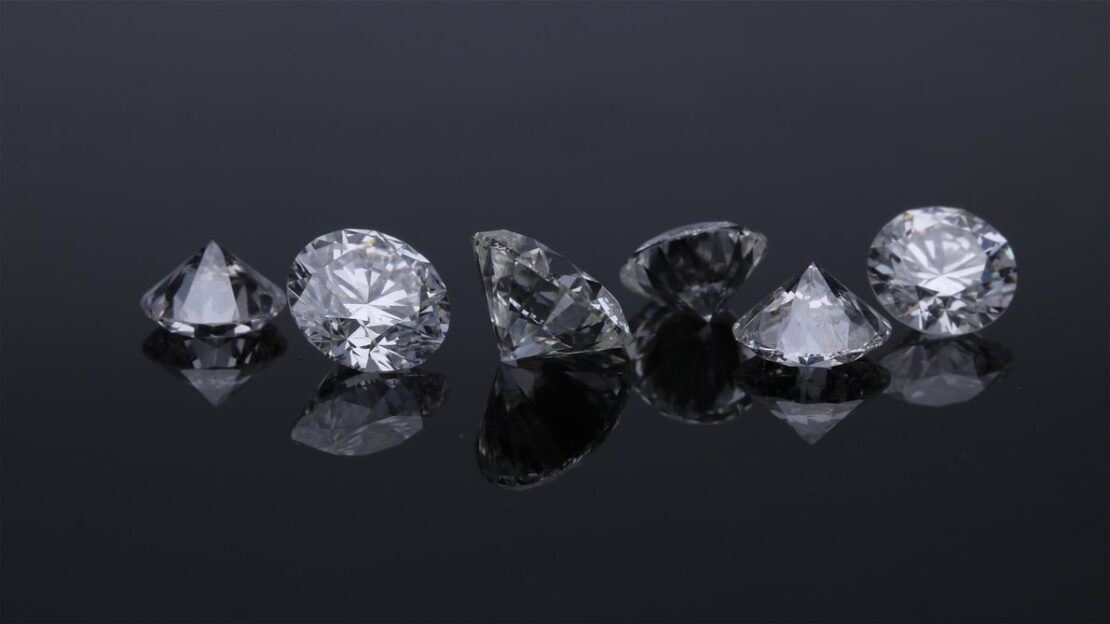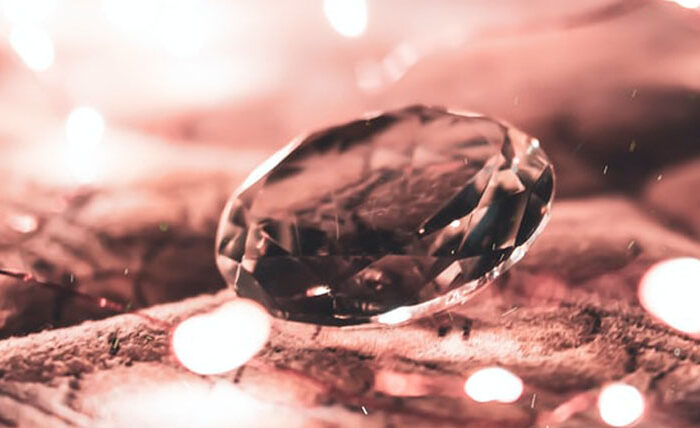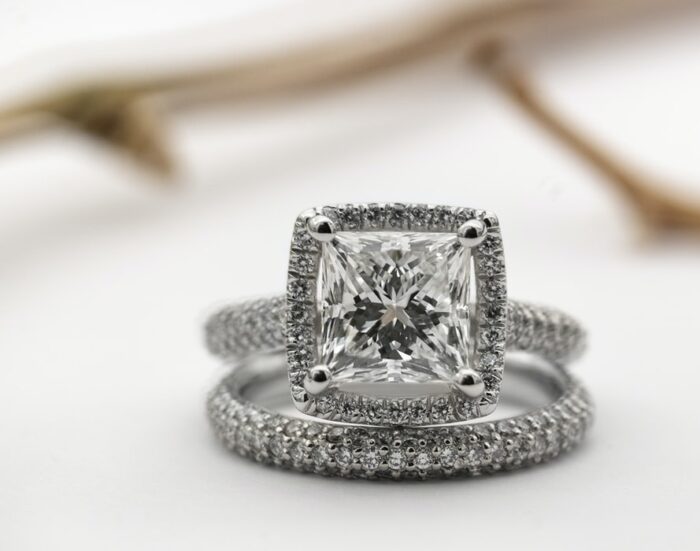How to Pick The Perfect Diamond
We wrote this guide to teach you how to pick the perfect diamond. You can’t understand diamonds or how they’re priced without first understanding The 4 C’s. Jewelers grade and price diamonds based on four essential characteristics: Cut, Clarity, Color, Carat. Each of these has a universally used grading scale determined by the Gemological Institute of America (GIA).
1. Cut:
The cut is all about how the diamond reflects light — it’s what makes a diamonds really flash and sparkle. A diamond with a good cut will bounce light multiple times on the angles in its interior and reflect more light back to the observer’s eye. The terms used to describe a diamond’s cut are brightness (how much light is reflected from a diamond internally and externally), fire (when rainbow-colored light scatters off the diamond) and scintillation (how much the diamond sparkles and whether any light and dark patterns are caused by the reflections).
Cut is graded on a GIA Cut Scale of Excellent, Very Good, Good, Fair and Poor.
2. Clarity:
Diamonds, like people, all tend to come with some flaws. The price of your diamond partly depends on how many flaws it has, and there are two types of flaws: “inclusions” and “blemishes”. Inclusions are internal flaws — things like cracks, air pockets or dark spots. Blemishes are external flaws — things like scratches and chips. Intuitively, diamonds with no or few inclusions and blemishes are priced higher because they are more rare. Clarity is graded by looking at the diamond under 10x magnification. Grades range from:
F (Flawless)
IF (Internally Flawless)
VVS (Very Very Slightly Included, with two grade levels, VVS1 and VVS2)
VS1-VS2 (Very Slightly Included)
SI1-SI2 (Slightly Included)
All levels from F-SI have slight inclusions that are only visible under 10x magnification, meaning the flaws aren’t really visible to the human eye.
3. Color:
Diamonds that have no color, allow more light to pass through it like clear class. These are more desirable and thus more highly priced. GIA uses a D through Z alphabet scale to grade colorlessness in diamonds, starting with D (for colorless) and increasing in color content until Z (color). D-F are colorless, G-J are near colorless, K-M are faint yellow, N-R are very light yellow, and S-X are light yellow. Diamonds between G and I will virtually show no color to the naked eye, are thus priced higher. J-M will have be very, very faintly yellow and the color can actually be minimized depending on the jewelry the diamond is mounted on.
4. Carat Weight
This is probably the one most people know even if they know nothing else about diamonds. Carat is a unit of measurement used to weight diamonds, 1 carat = 0.2 grams. The larger the carat the larger the diamond, which more rare and more expensive.


